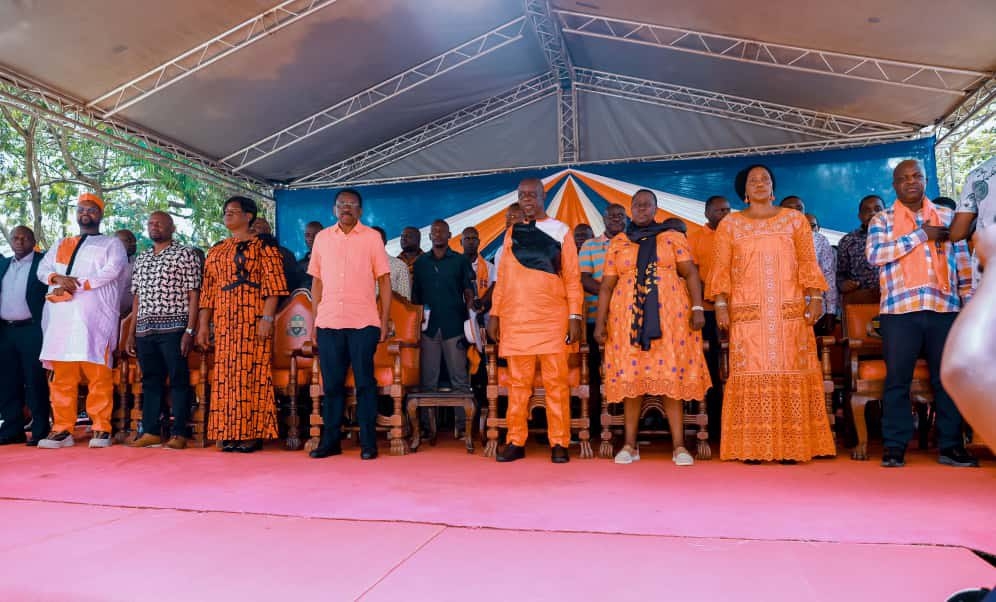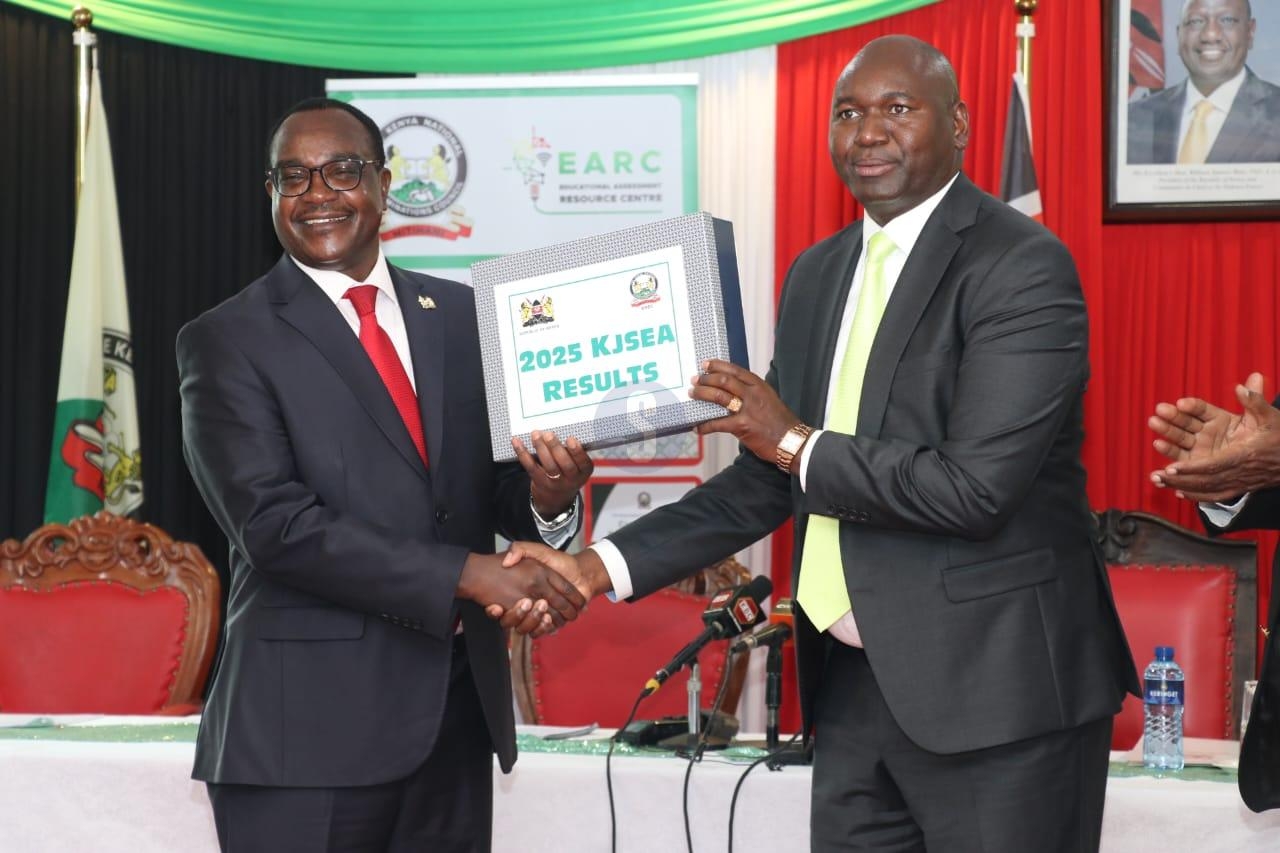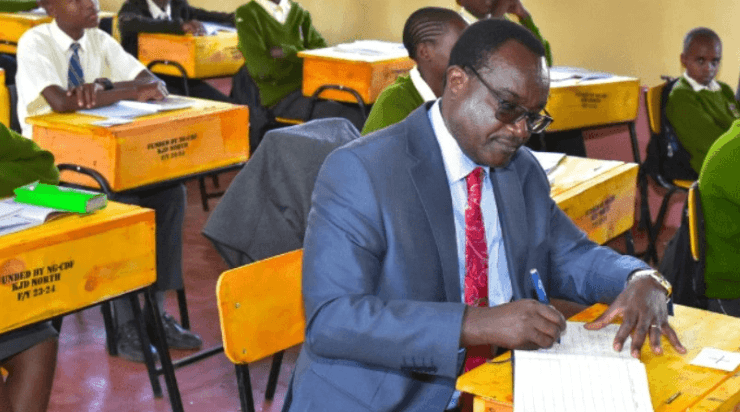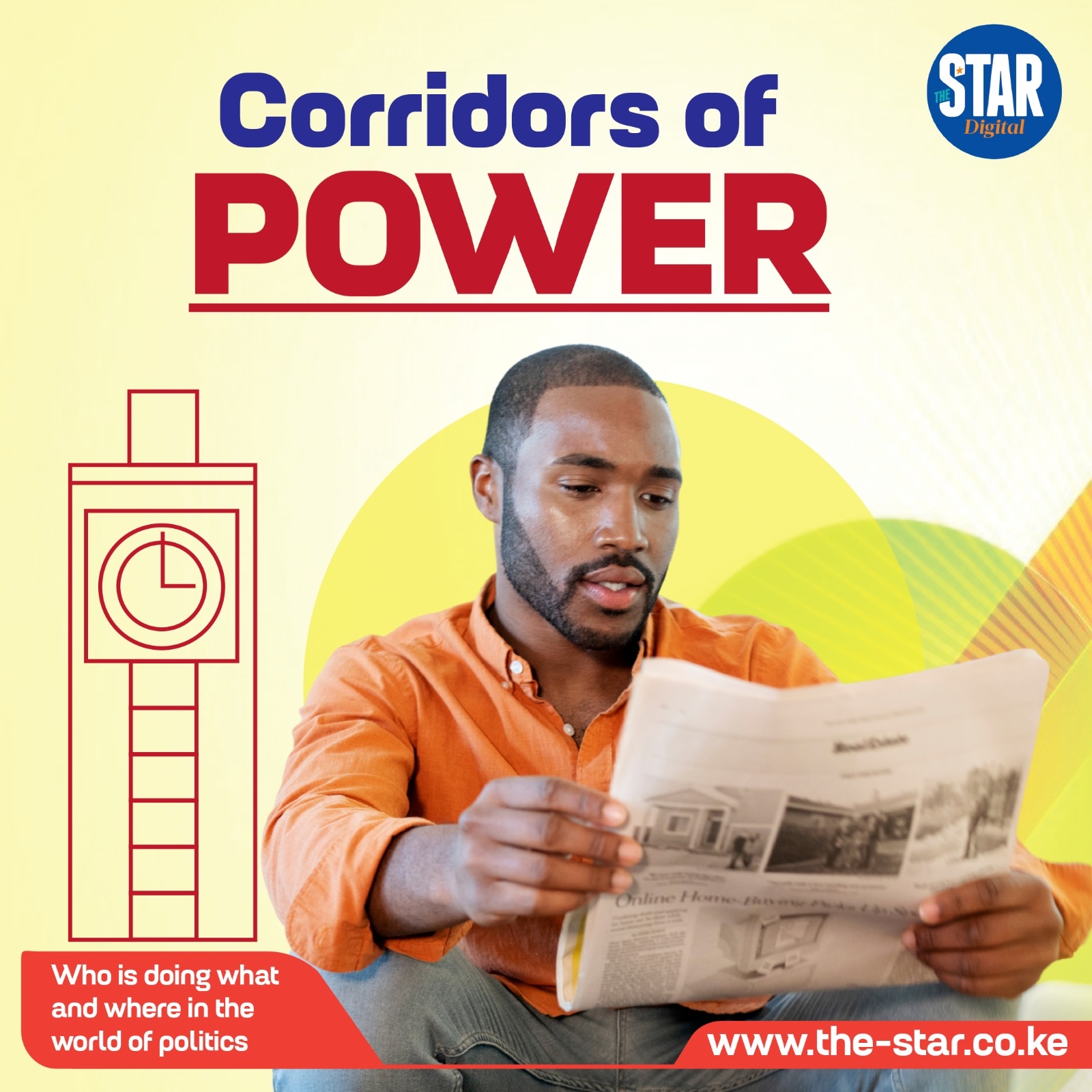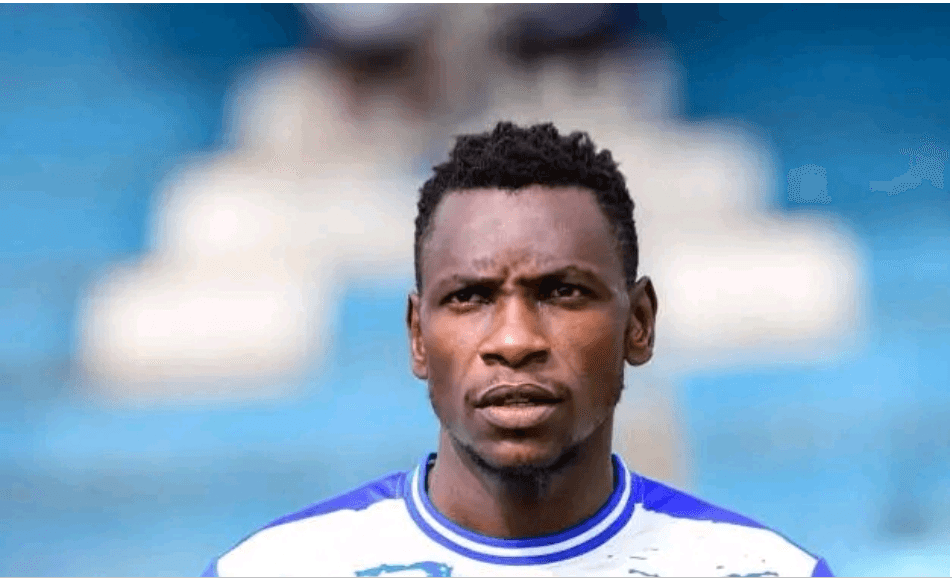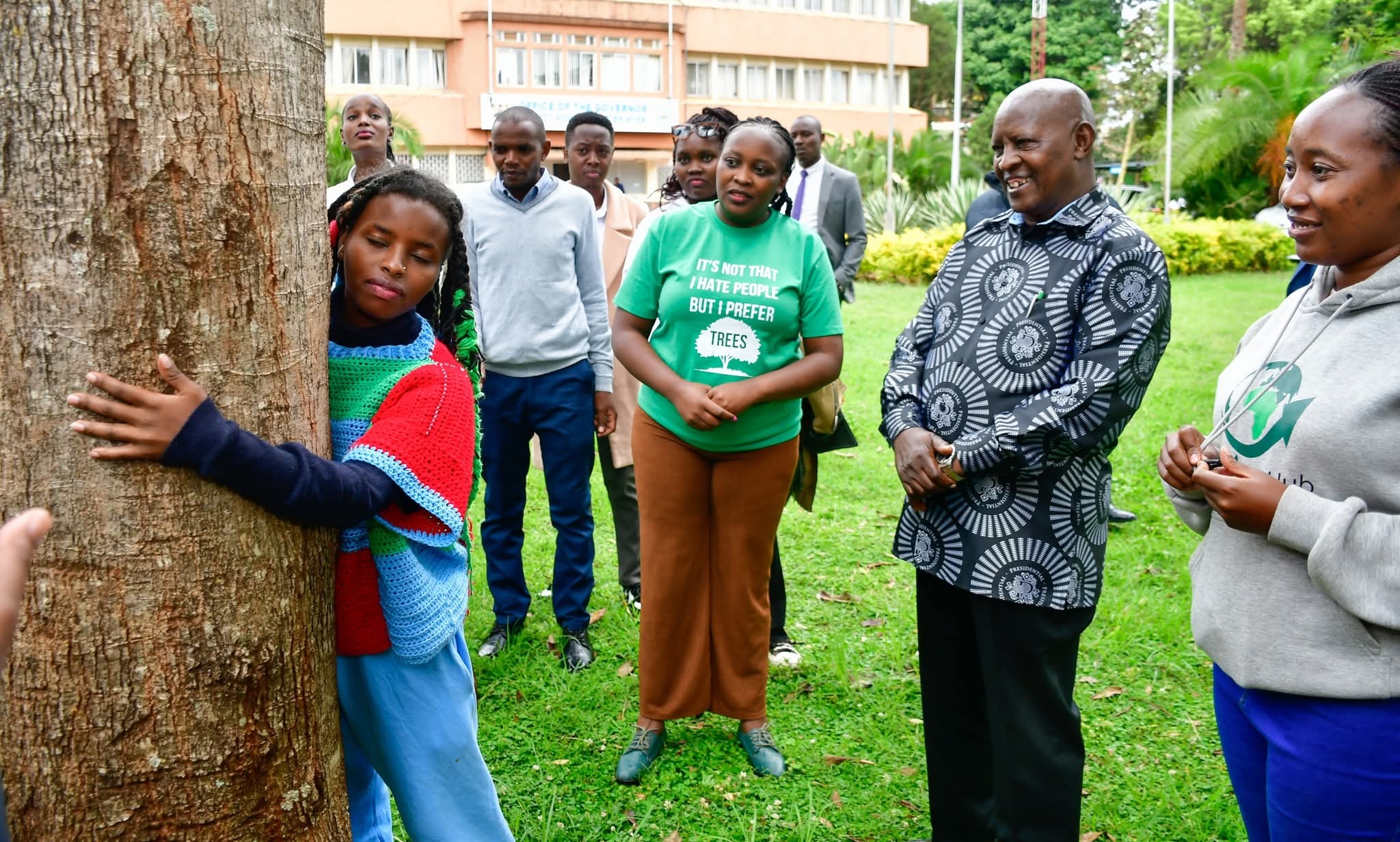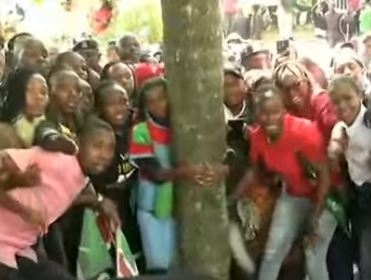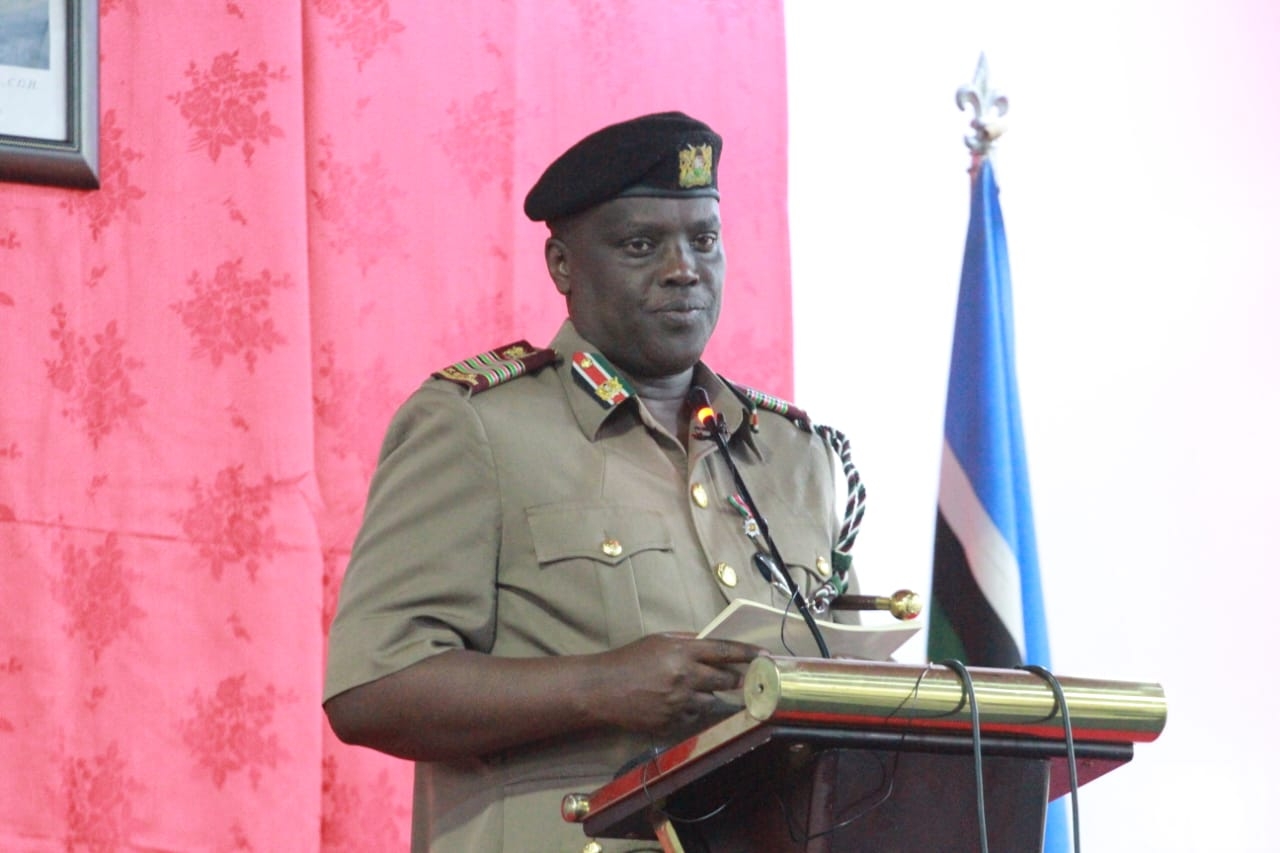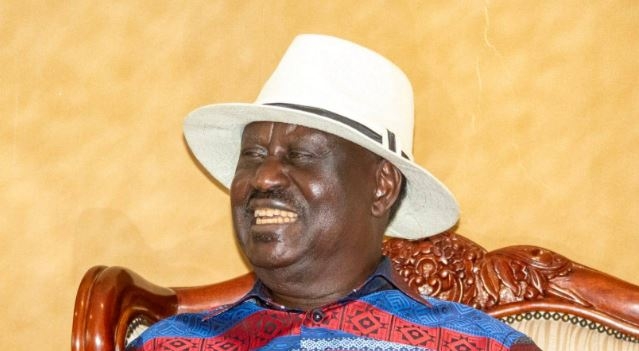
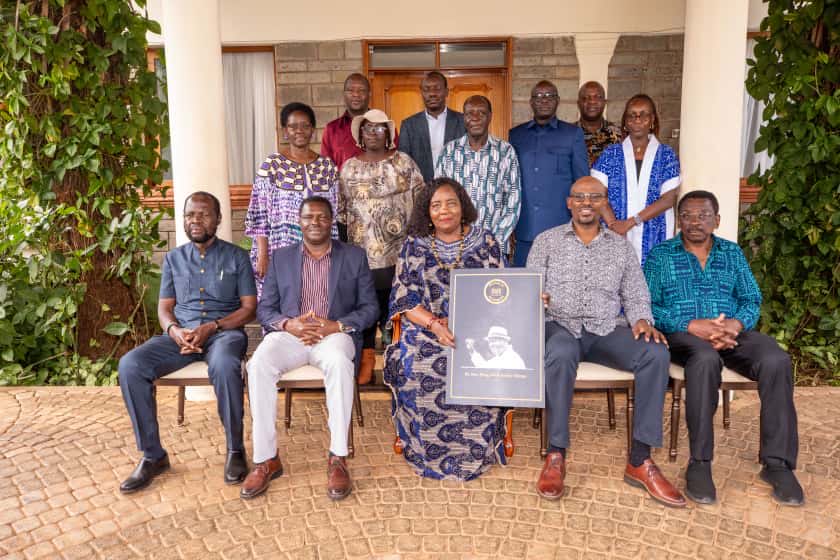
The death of former Prime Minister Raila Odinga has sent shockwaves across Kenya’s political landscape, unsettling long-standing alliances and triggering a scramble for regional influence ahead of the 2027 General Election.
For two decades, Raila and his ODM party, which is marking its 20th anniversary, were the gravitational force around which Kenya’s opposition politics and coalition making revolved.
His demise now leaves a political vacuum that could reorder alignments in various regions where he enjoyed massive support, such as Western, Kisii, the Maa region, Coast and Nairobi.
Already, the ODM party is facing a unity test as the two camps that emerged following the broad-based deal are now going for each other’s throats.
One camp that is already in government and the veterans in the party has maintained it will back the re-election of President William Ruto.
Another camp of “rebels”, led by secretary general Senator Edwin Sifuna, has maintained that Raila’s “last instruction” was that the party will field a presidential candidate in 2027.
The disagreement played out openly during Raila’s final send-off in Bondo last Sunday. The infighting, experts say, is expected to affect the influence of the Orange party, especially in the absence of Raila, a leader who was described as the most consequential politician at the time of his passing.
The alignments are likely to force President William Ruto to recalibrate his 2027 strategy. He particularly said he would do all he can to ensure no one plays around and takes it back to opposition politics.
Nyeri Governor Mutahi Kahiga captured the prevailing sentiment when he controversially remarked that Raila’s death “will send President Ruto back to the drawing board”.
The President’s broad-based government, an arrangement that relied on Raila’s
tacit support to project inclusivity, is thus facing an uncertain future. And
without the veteran opposition leader’s balancing influence, Ruto’s outreach to
former adversaries may stall as ODM struggles to retain cohesion.
In Western Kenya, the political centre of gravity appears to be shifting
towards Trans Nzoia Governor George Natembeya and DAP-K, one of the outfits in
the United Opposition led by former CS Eugene Wamalwa.
The region has 2.2 million voters: Kakamega (743,736), Bungoma (559,850), Busia
(351,048), Vihiga (272,409) and Trans Nzoia (339,622).
Natembeya has steadily gained regional influence with his Tawe movement against
Ruto allies Prime CS Musalia Mudavadi and National Assembly Speaker Moses
Wetang’ula.
He has also arguably gained national prominence through his fiery criticism of
governance failures, positioning himself as the Western kingpin.
He has particularly been preaching against the “traditional ethnic kingpins,
who have been in government for decades without anything to show for it”.
“Our day is coming because I know Kenyans deserve better. Those who have been
part of the history of oppressing Kenyans, don't pretend you can move this
country to the first world. They can't because they have no idea,"
Natembeya said on Monday.
Analysts believe he could consolidate support across Western counties,
including Kakamega, Bungoma and Busia — areas that have historically voted with
ODM, other than Bungoma in 2022.
On Wednesday, Natembeya hosted a delegation of elders from constituencies
in Bungoma county. The governor said the meeting focussed on the economic
transformation and political trajectory of the county.
“In their collective wisdom, the elders extended an invitation for me to be
formally introduced as the spokesperson for Bungoma county and, by extension,
the greater Western region, a responsibility I humbly accepted,” he said.
The coronation ceremony is scheduled to take place in Bumula, Natembeya said.
He, however, faces competition from Raila’s “expert” in the broad-based government CS Wycliffe Oparanya,who served as Kakamega governor for two terms.
The upcoming by-election in Malava is likely to give a pointer where the region
is likely to settle ahead of 2027.
In the Kisii region, the emerging alignment appears to gravitate towards former Interior CS Fred Matiang’i and the Jubilee Party. The party is regrouping under the broader ‘United Opposition’ banner.
Raila’s long-standing influence in Kisii politics had muted local rivalries, but his absence could embolden Matiang’i to step into a more active national role. He may as well revive Jubilee’s fortunes while courting disenchanted ODM loyalists.
Kisii region has a total of 960,394 voters as per the 2022 IEBC register. This comprises Kisii county’s 637,111 votes and Nyamira’s 323,283.
Senator Richard Onyonka has opined that the reason Matiang’i prefers the
Jubilee Party is because it is a national party, “and if Jubilee has lost some
popularity, he will revive it. After all, he is ‘Mr Fix It’”.
Along the Coast, political currents are equally fluid. Mining CS Hassan Joho has thrown his weight behind the ODM-UDA broad-based government, positioning himself as a bridge between Raila’s legacy and Ruto’s administration in the region.
Joho’s successor as Mombasa Governor, Abulswamad Nassir, is the ODM deputy
party leader and also an ODM foot soldier in the region.
However, Nyali MP Mohammed Ali has aligned with the United Opposition, rallying
the region behind the outfit.
Without Raila’s unifying charisma, regional cohesion could erode as the new regional political players emerge to fight for the 1.9 million votes.
In the Maa region, which has historically voted in tandem with ODM, the recalibration was already visible, with DCP leader Rigathi Gachagua camping in Kajiado and Narok counties.
Local leaders are weighing whether to side with the opposition bloc or to embrace Ruto’s administration for ‘incumbency’ benefits.
The vacuum left by Raila could see leaders such as Kajiado Governor Joseph ole
Lenku, who decamped from Jubilee to ODM, and Narok’s Patrick ole Ntutu
reconfiguring their loyalties based on community bargaining power.
Nairobi, the country’s political melting pot, also faces an uncertain
reconfiguration. The capital’s cosmopolitan electorate has always been divided
by almost half.
However, the fact that key ODM leaders in the city, particularly Senator Edwin
Sifuna and Embakasi East MP Babu Owino, are pulling on a different side in ODM
is likely to affect the party’s grip on the city as Wiper and DCP also scramble
for a share of the capital’s cake.


